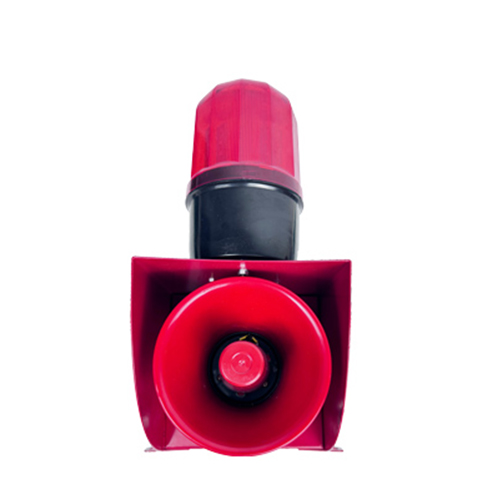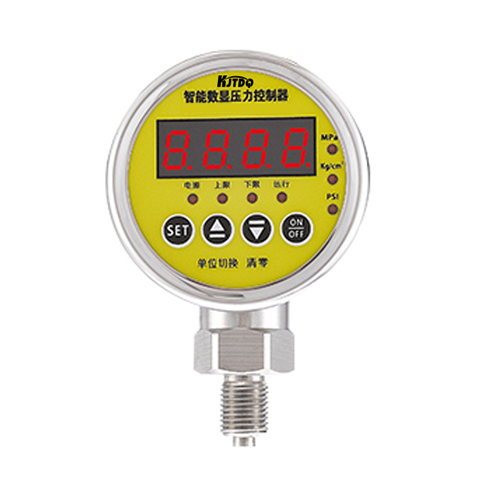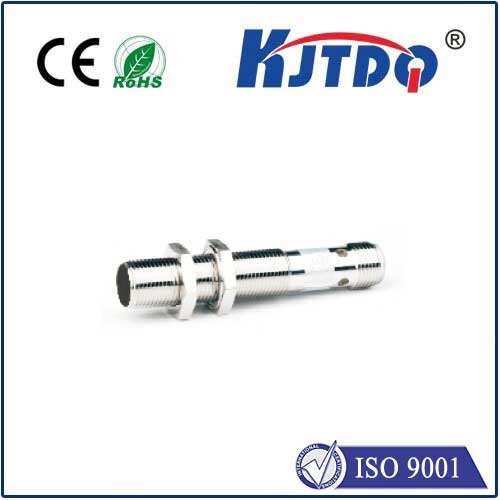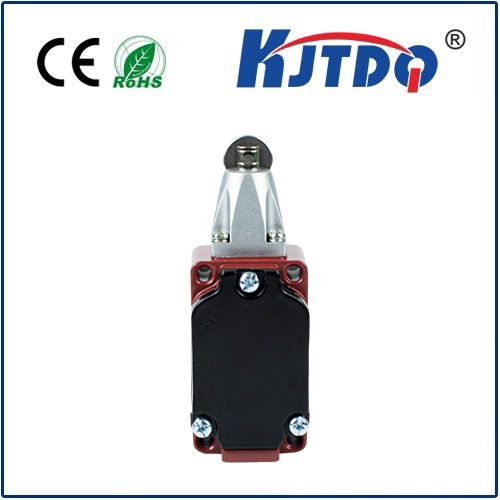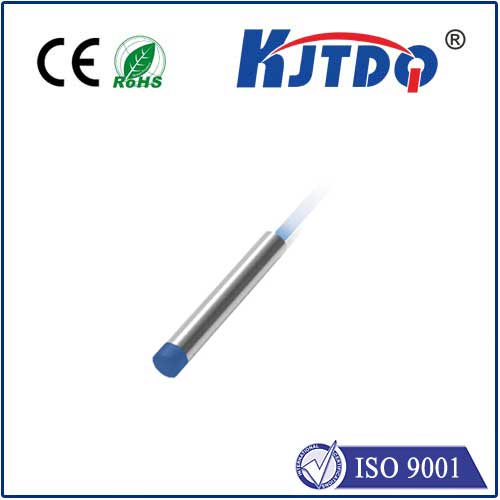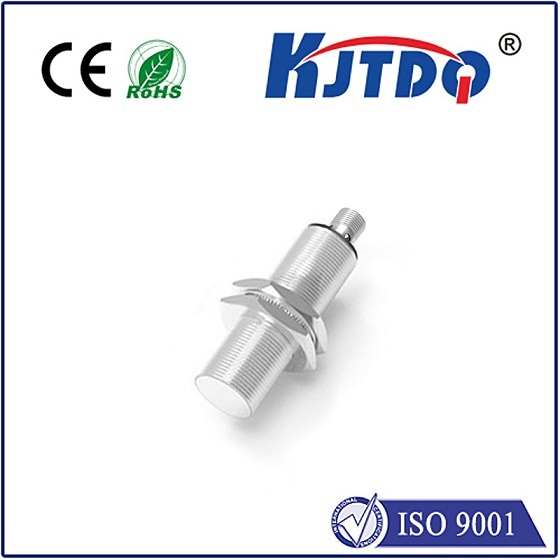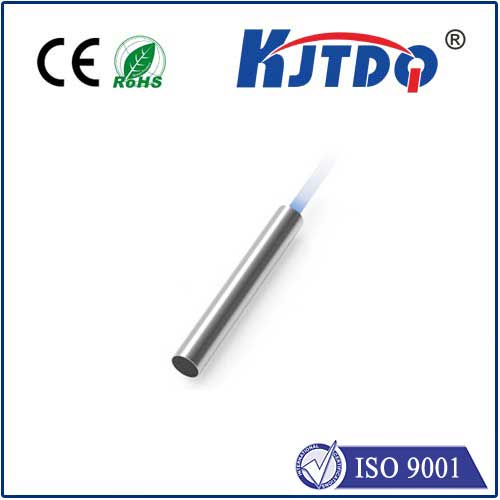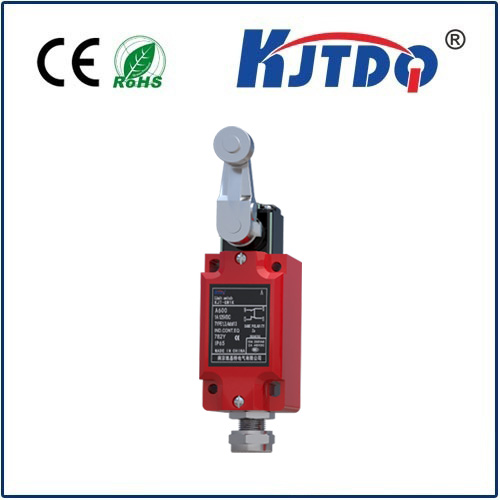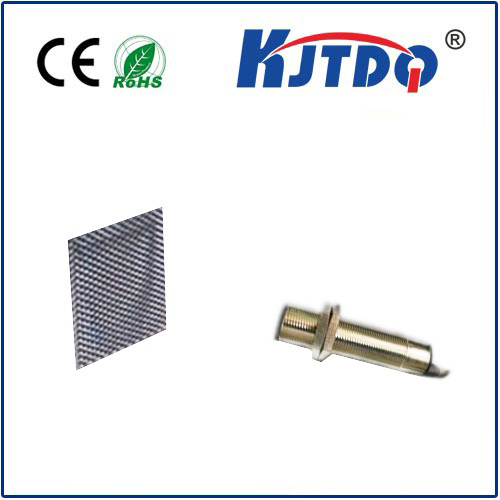

check

check

check

check

check

check

check

check

check

check
Title: Innovative Technology in Distance Measurement: The Role of Scanning Laser Rangefinders
In the vast landscape of technological advancements, scanning laser rangefinders (SLRs) stand out as a revolutionary tool for distance measurement. These sophisticated devices use laser light to measure distances with unparalleled accuracy and speed. This article delves into the working principles, applications, and benefits of SLRs.
Firstly, let's understand what a scanning laser rangefinder is. As the name suggests, it is an instrument that scans an object or environment using a laser beam to calculate distances. Unlike conventional rangefinders that rely on a single point measurement, SLRs can capture multiple points in a matter of seconds, providing users with detailed data about their surroundings.

The working principle of SLRs revolves around the time-of-flight concept. A laser pulse is emitted from the device and reflected off objects within its range. By measuring the time it takes for this pulse to return, SLRs can calculate the distance between the device and the object. This technology enables SLRs to map entire rooms or terrains quickly and accurately, making them ideal for various applications.
One major application of SLRs is in construction and real estate industries where precise measurements are crucial. Professionals use these devices to create accurate floor plans, survey land efficiently, and ensure proper alignment during construction projects. Moreover, SLRs are also extensively employed in forestry management, helping experts estimate tree heights and volumes without causing any harm to vegetation.
Another significant area where SLRs have made remarkable contributions is in autonomous vehicles. They play a vital role in enabling self-driving cars to perceive their environment accurately by providing real-time data on obstacles and other vehicles' positions. This helps autonomous vehicles make informed decisions while driving, reducing accidents caused by human error.
Apart from these applications, SLRs also find extensive use in geographic information systems (GIS) mapping, civil engineering, archaeology, and even in movies and games for creating realistic virtual environments. Their ability to provide high-resolution images has revolutionized how we perceive and interact with our surroundings.
Furthermore, the benefits of using SLRs extend beyond their accuracy and speed. They offer non-contact measurements, reducing the risk associated with traditional methods like tape measures or rulers. Additionally, SLRs can operate effectively under various lighting conditions and through transparent materials like glass or plastic, expanding their usability in diverse environments.
In conclusion, scanning laser rangefinders represent a significant leap forward in distance measurement technology. Their ability to provide rapid, accurate measurements across different industries has made them an essential tool for professionals worldwide. As technology continues to advance at breakneck speed, one can only imagine the potential future applications of SLRs, further revolutionizing how we measure distances and interact with our environment.
